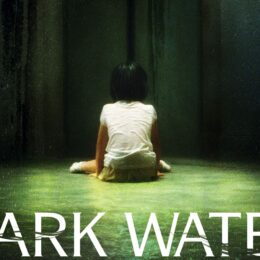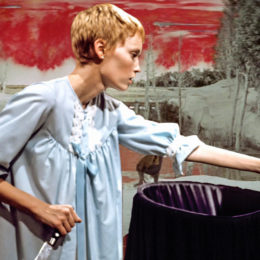7 Asian HORRORS you DON’T KNOW but you (definitely) SHOULD
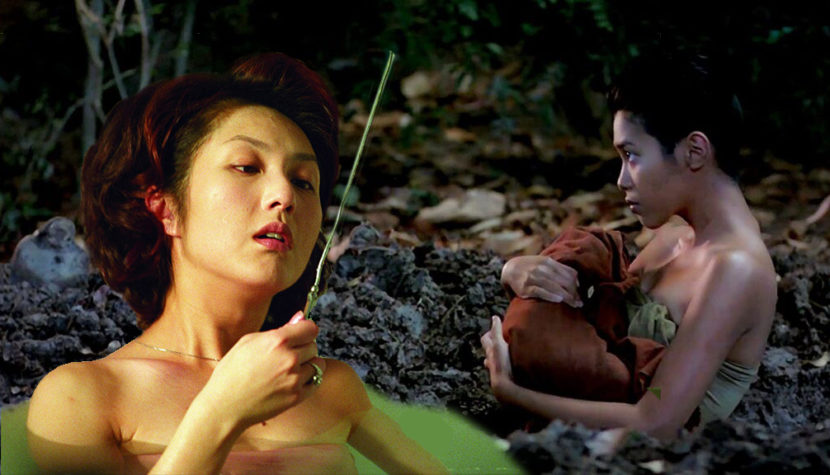
The Ring (2002) allowed us to watch similar remakes of horror films from the Land of the Rising Sun on the screens of cinemas and televisions over the years – sequels to The Ring, The Grudge (2004), Dark Water (2005) or Missed Call (2008). Although the efforts of American filmmakers to terrify Western viewers were not in vain, these productions contributed to the one-dimensional image of the Asian horror film, which, after all, is not only pale ladies with long black hair down on their faces. Of all the countries of Asia, Japan seems to be the father and mother of Asian horror (the first films made in this country were horror films), but there is no lack of successful productions from South Korea, Thailand, Hong Kong or China.
The Ghost of Yotsuya (Tokaido Yotsuya kaidan), 1959
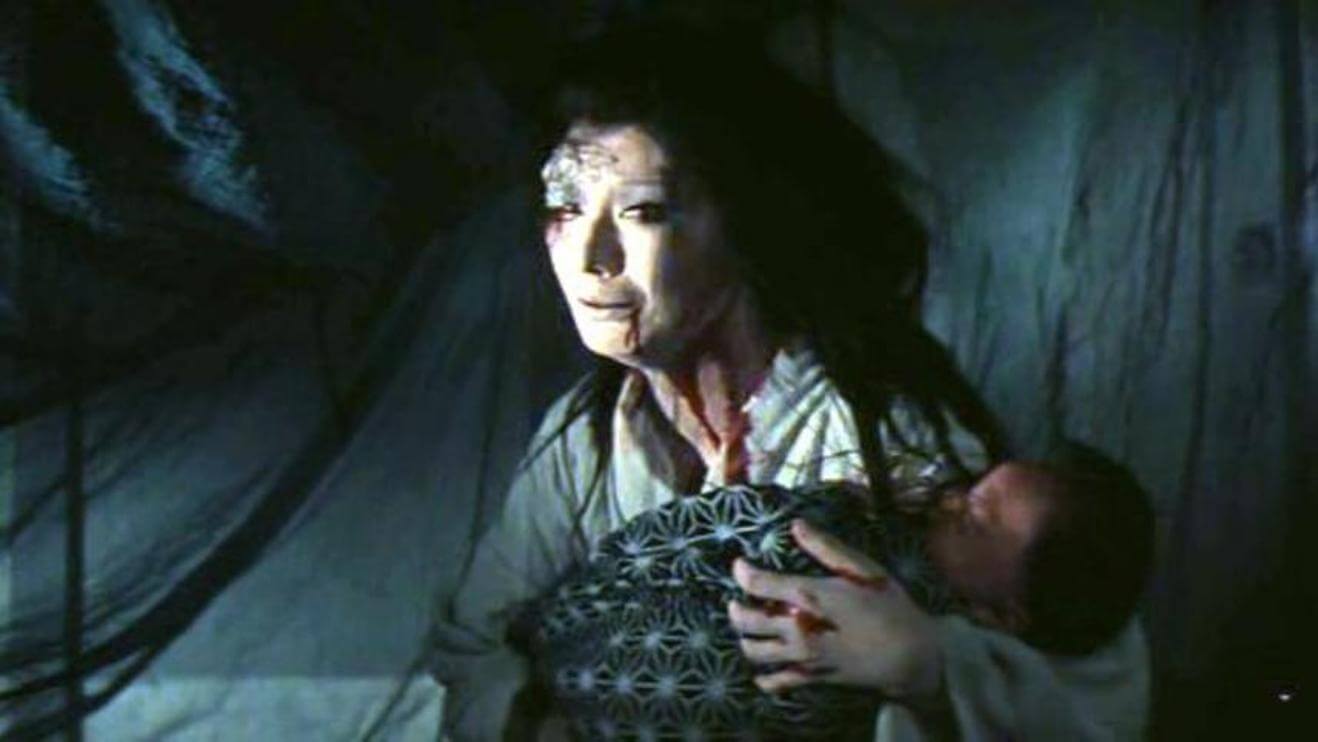
The film is an adaptation of the most famous Japanese ghost story in history, created by the writer Nanboki Tsuruya IV in 1825. Like most Asian horror stories and movies, The Ghost of Yotsuya is about betrayal and revenge. The young samurai Iemon tricks Oiwa, the woman he desires, by murdering her father who opposes the marriage. After the birth of the child, the family lives in poverty, and when one day Iemon saves the daughter of a wealthy gentleman from the hands of robbers, he is ready to reward him for his heroic act by giving him the girl’s hand. Iemon gets a chance to improve his miserable lot, but he is prevented by his first wife, whom he decides to get rid of… The ghost story of Yotsuya is the prototype of modern Japanese horror. It was Nobuo Nakagawa’s film that created the film image of a vengeful ghost, onryō, in the form of a woman – a ghost in a long white robe, with long black hair falling over her face, who hides in the corner behind the main character’s back or hangs from the ceiling.
The Housemaid (Hanyo), 1960
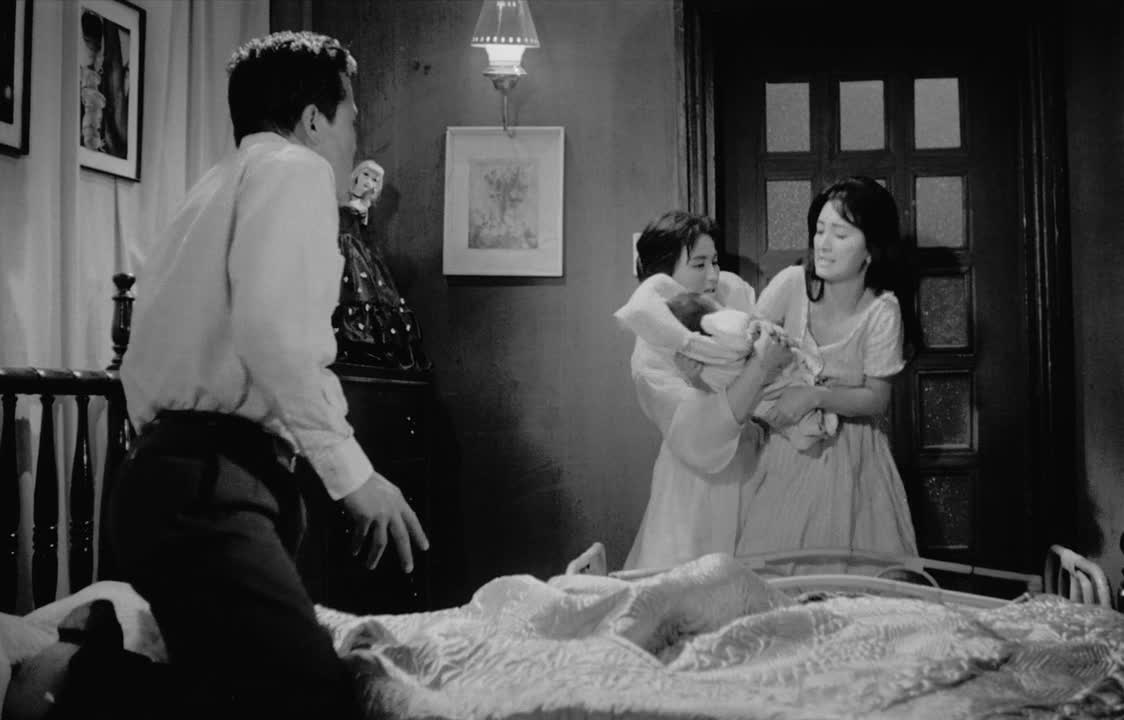
Next to unsurpassed Japan, South Korea seems to be the most prolific Asian cinematography when it comes to horror. Fans of horror movies all over the world know such Korean productions as A Tale of Two Sisters (2003) by Jee-won Kim or The Host (2006) by Bong Joon-ho, a representative of the monster movie popular in Asia. Few, however, know The Housemaid, a black and white picture from the 1960s, a masterpiece of the golden age of Korean cinema and a precursor to Korean horror. While it may be argued that The Housmaid is closer to a dramatic thriller than a horror film, certain plot solutions used in Ki-young Kim’s film would become the matrix used by later horror film directors. The protagonist of The Housmaid is the Kim family, who lead a quiet life. The master of the house, father and husband, Dong-sik, a music teacher by profession, hires a young maid, Myung-sook, who is to relieve his pregnant wife of household chores, who also sews at home. The new maid, however, is a Korean model of a femme fatale known from American film noir of the 1940s, who has no intention of helping the employer’s wife, instead trying to seduce him and use him for her own purposes. The consequences of this situation will be dramatic, and The Housmaid contains many harrowing but well-shot scenes.
House, 1977

It is impossible to describe the Japanese House in one sentence. It is a psychedelic, surreal film story about seven school friends who go on vacation to the house of one of their lonely aunts. Upon arrival, they must face the ghosts of their aunt’s past, a haunted house, appliances with a life of their own, and a white, fluffy, demonic cat, aunt’s pet. Nobuhiko Obayashi’s film echoes something from Dario Argento’s Suspiria, something from Mario Bava’s films and the films of the new Czechoslovakian wave – films by Věra Chytilova and Jaromil Jireš. Using experimental techniques – trick shots, collages, editing and animation – the director creates an absolutely unique and original work: a psychedelic, fairy-tale horror.
Suddenly in the Dark (Gipeun bam, gapjagi), 1981

The film by Young-nam Ko, one of the most prolific Asian directors, uses the formula well known from Ki-young Kim’s The Housemaid. The peace and family idyll of a married woman is disturbed by the appearance of a young maid employed by her husband in the house. The girl is an orphan – her mother, a shaman, recently died in a house fire. The housewife, Seon-hee, quickly becomes concerned about the girl’s behavior, especially the strange wooden figurine she brought with her. Suspicions of the new maid’s affair with her husband, sprouting in the heroine’s head, slowly drive her into paranoia. Suddenly in the Dark bravely explores her character’s fears and lack of sexual self-confidence. It is a horror film filled with eroticism and in this respect, as well as in terms of style, it resembles Italian giallo films.
Nang-Nak, 1999

The world’s most recognizable Thai horror film is Shutter (2004), for many viewers certainly one of the most terrifying Asian horror films due to its surprising and chilling ending. However, the history of Thai horror cinema got off to a good start five years earlier thanks to the film Nang-Nak, an adaptation of one of the most popular Thai legends. Directed by Nonzee Nimibutra, the film overtook even James Cameron’s Titanic on the domestic box office list. The action of the film takes place in the 19th century. Nak and Mak are a loving couple, but Mak is forced to leave his pregnant wife and go to war. He miraculously escapes from the battlefield alive and after a long time happily returns to his wife and newborn son. Soon, Mak will realize that something has changed in his absence. Nang-Nak is both a tragic love story and a moving horror film.
Three... Extremes and Dumplings (Jiao zi), 2004
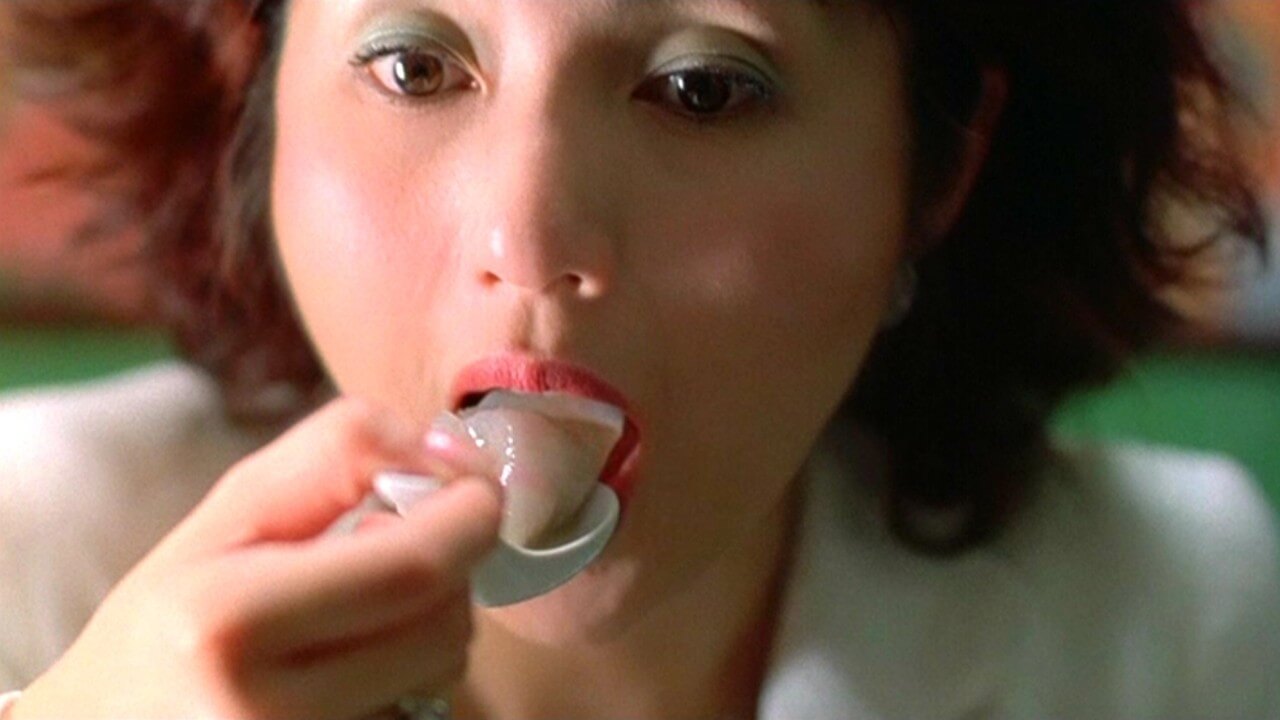
Dumplings, directed by Hong Kong’s Fruit Chan, were initially part of the Three… Extremes film anthology consisting of three horror films – Dumplings, Cut directed by Korean Chan-Wook Park, the creator of Oldboy, and The Box by Japanese Takashi Miike known for exaggerated, violent films transgressing cultural taboos. Hong Kong, South Korea and Japan jointly created a very interesting film with three scary stories. Cut is the story of a director and his wife who are forced to play a sick game with an extra who played in as many as five of the artist’s films. In The Box, 25-year-old writer Kyoko is haunted by a nightmare where she is buried alive by her father. In Dumplings, Mrs. Li, an aging former movie star, tries to reclaim her youth in order to make her rich husband fall in love with her again. To this end, she regularly visits Aunt Mei, a cook who cooks for clients in her home, where she devours the eponymous dumplings, the popular Chinese gyoza dumplings with a secret filling that is supposed to keep her young. Fruita Chan’s dumplings were the only ones developed from a short film into a full-length film, turning into an interesting feminist drama and horror film at the same time, firmly rooted in Chinese and Hong Kong culture and history.
The Curse (Noroi), 2005
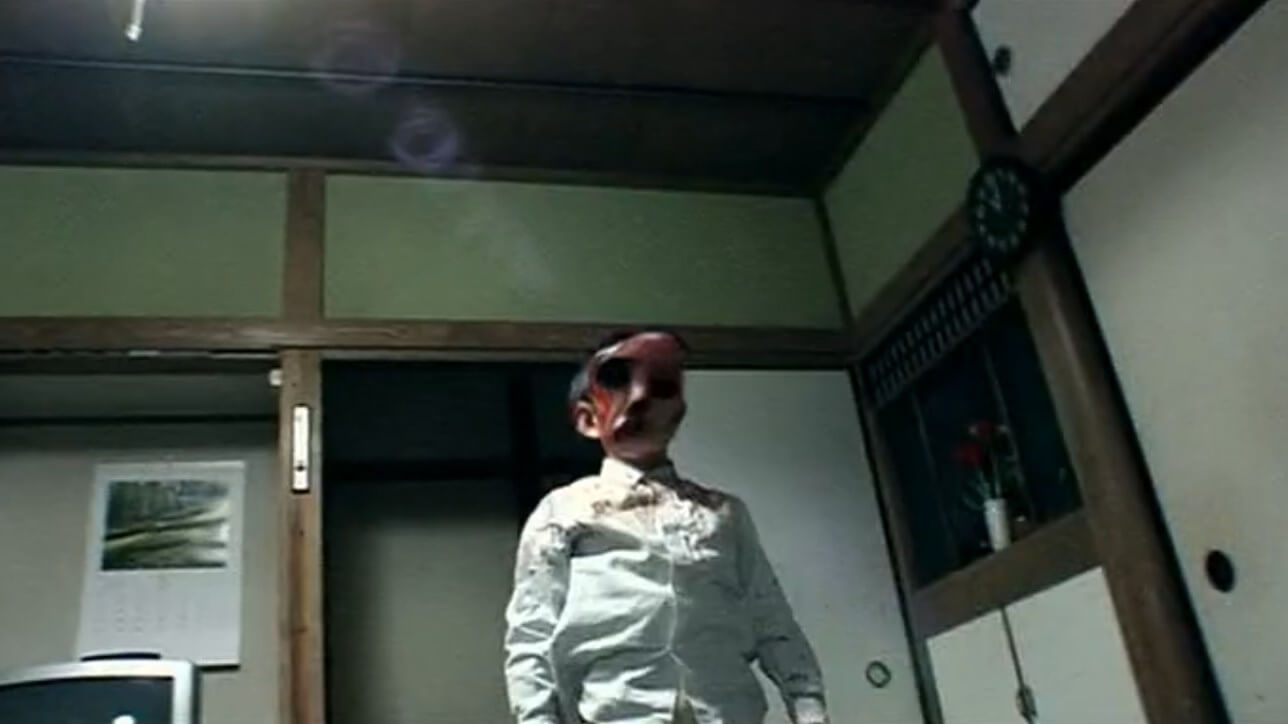
Not to be confused with Ju-On (2002) and The Grudge (2004), its American remake with Sarah Michelle Gellar. Kōji Shiraishi’s The Curse is the Japanese contribution to the world’s extremely popular found footage horror cinema and, for a first try, quite a successful contribution. This quasi-documentary follows Masafumi Kobayashi, a paranormal research journalist who investigates several seemingly unrelated cases for his latest documentary. Slowly built suspense and a terrifying, though devoid of simple jump scares, story are the strong points of The Curse, the spiritual heir to the Blair Witch Project.



